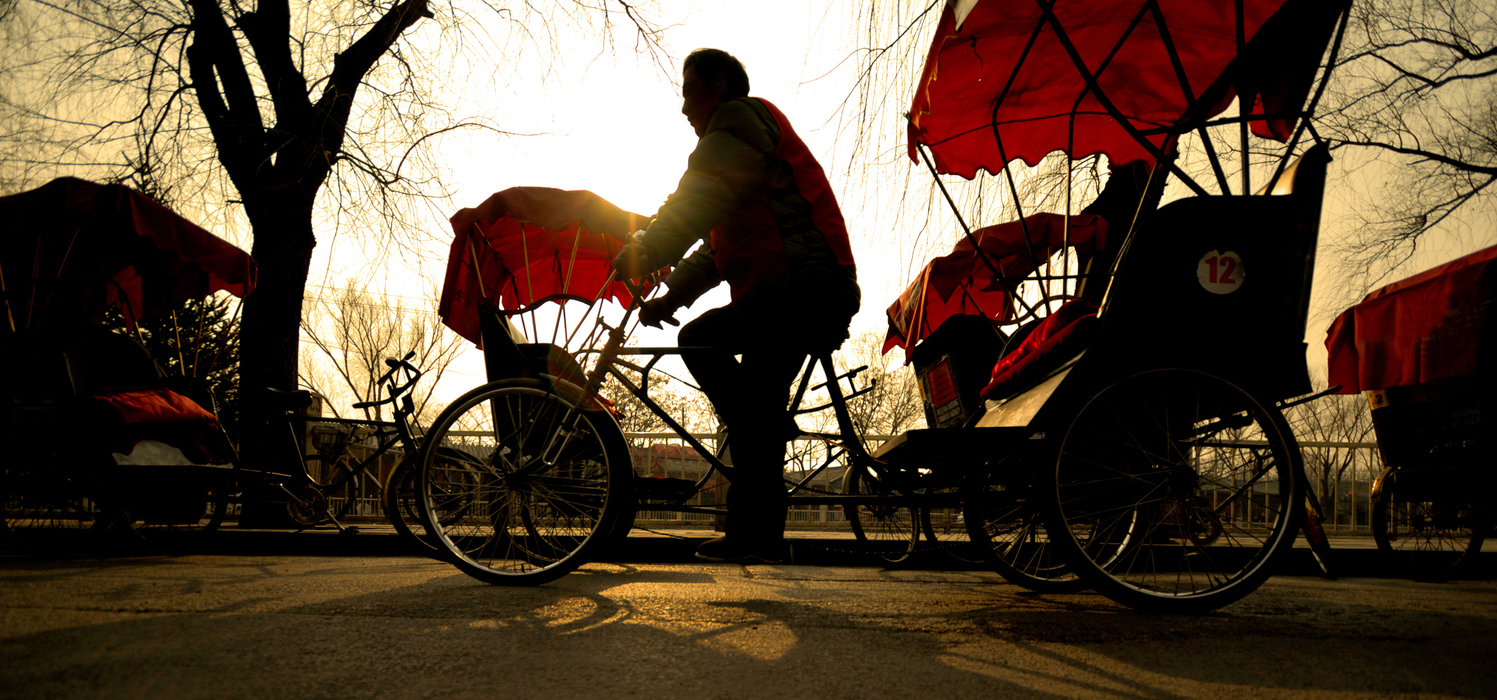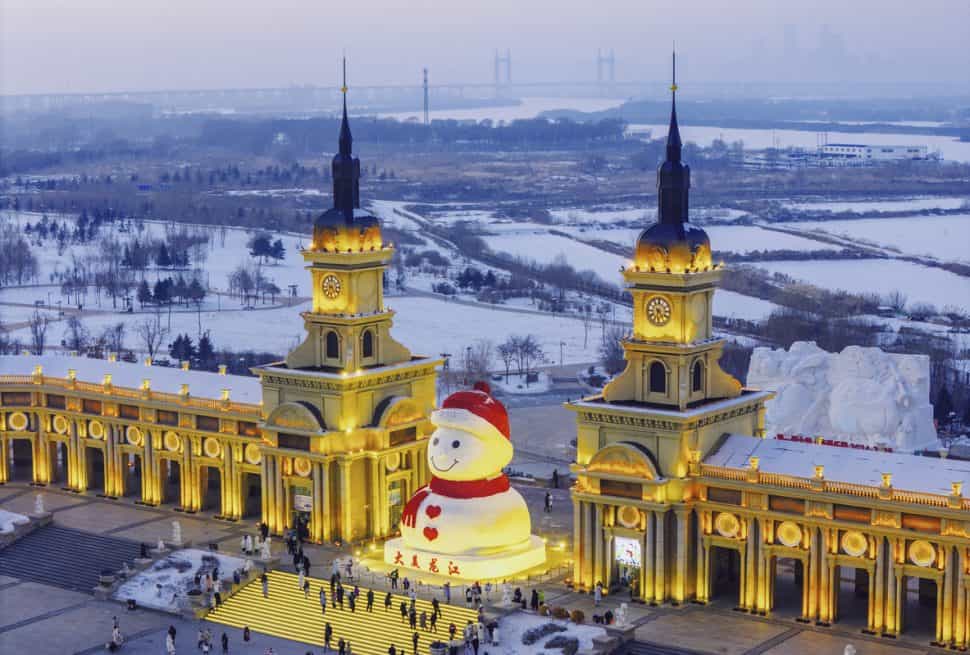Beijing’s skyline may be all modern towers and glass facades, but step into a hutong—and you’re instantly transported into another world. These narrow alleys, lined with traditional courtyard homes (siheyuan), are the living, breathing soul of Old Beijing.
Let’s explore what hutongs are, which ones you shouldn’t miss, and the best ways to experience them like a local.
🏠 What Are Hutongs?
Hutongs (胡同) are traditional alleyways unique to northern China, especially Beijing. They date back to the Yuan Dynasty (1271–1368) and were historically organized around siheyuan, or courtyard homes, which housed generations of families.
Today, hutongs are a rare blend of history, everyday life, and creative revival. Inside you’ll find everything from noodle stalls and antique shops to art galleries, bars, and boutique hotels.
🧭 10 Must-Visit Hutongs in Beijing
- Nanluoguxiang (南锣鼓巷) – The most famous and lively hutong, full of trendy shops, snacks, and photo ops. It also connects to many other charming hutongs.
- Mao’er Hutong (帽儿胡同) – A peaceful escape near Nanluoguxiang, with historic courtyards including the residence of Empress Wanrong and the private garden Ke Yuan.
- Yandai Xiejie (烟袋斜街) – One of Beijing’s oldest hutongs, close to Houhai and Drum Tower, known for antique shops, tobacco pipes, and vibrant atmosphere.
- Yangmeizhu Xiejie (杨梅竹斜街) – A quieter gem near Qianmen, blending traditional craft stores with modern cafés and bookshops.
- Langfang Toutiao (廊坊头条) – A festive alley near Qianmen famous for its colorful architecture and massive peony flower displays.
- Liulichang Cultural Street (琉璃厂文化街) – A paradise for calligraphy lovers, offering antiques, paintings, and traditional stationery.
- Wudaoying Hutong (五道营胡同) – With its gray walls, quaint courtyards, and indie cafés, this is Beijing’s most artsy hutong.
- Guozijian Street (国子监街) – Home to Confucius Temple and the Imperial Academy, with archways and leafy streets ideal for quiet walks.
- Shijia Hutong (史家胡同) – A historic lane known for its cultural depth and residents including political leaders, poets, and diplomats.
- Dongjiaominxiang (东交民巷) – The longest hutong and former diplomatic quarter, with European-style churches and embassy buildings from the early 20th century.
🚴 What to Do in the Hutongs
- Ride a Rickshaw: Explore narrow lanes the traditional way with a local guide. Many tours include visits to courtyard homes and local families.
- Try Local Snacks: From sesame pancakes to candied hawthorn, hutongs are full of street eats.
- Join a Calligraphy or Dumpling Workshop: Learn traditional skills inside a local home.
- Dress in Hanfu or Qipao: Capture stunning photos in period costume against ancient brick walls.
- Visit a Tea House: Relax with a cup of jasmine tea while listening to local gossip or live guzheng music.
- Go on a Night Walk: Some hutongs come alive at dusk with cozy lights, jazz bars, and rooftop lounges.
📅 Plan Your Visit: Tips for Travelers
- Best Time to Go: Spring (April–May) and Fall (September–October) offer the most comfortable walking weather.
- Avoid Crowds: Go early in the morning for a more peaceful experience.
- What to Bring: Comfortable walking shoes, cash for small vendors, and a translation app like Baidu or Google Translate.
🐼 Explore Hutongs with Big Panda Tours
Want to experience the hutongs with an expert local guide? Check out our handpicked Beijing tours that include hutong visits:




